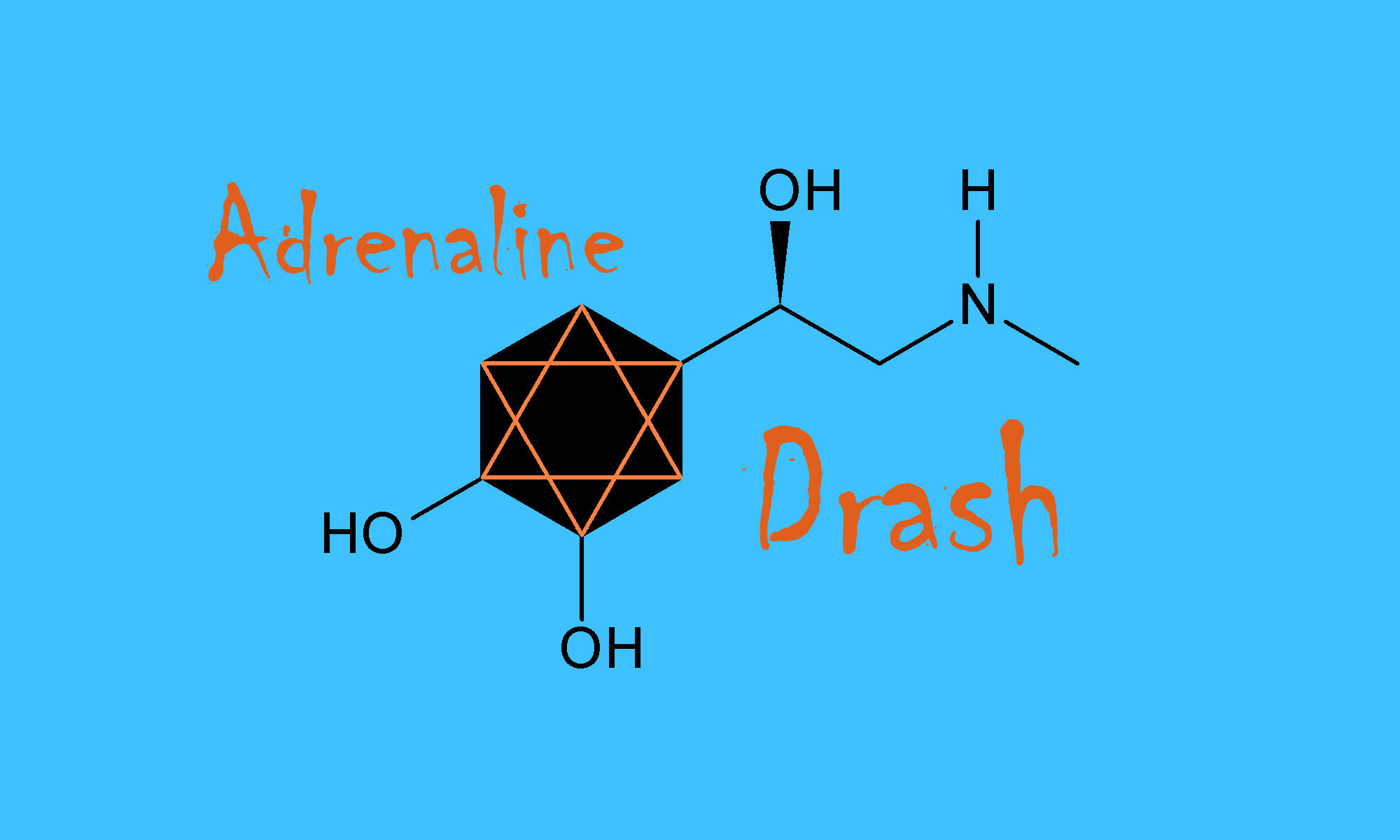 Terumah – it is a parsha about gifts. It is a parsha named “gifts.” Terumah is a collective noun: this parsha is about the collective.
Terumah – it is a parsha about gifts. It is a parsha named “gifts.” Terumah is a collective noun: this parsha is about the collective.
Speak to the Israelite people, YHVH tells Moses. Offer everyone whose heart is moved to generosity, to thankfulness the sweet opportunity to bring something of themselves to the Holy One. And the people respond, with gifts of gold and silver and copper, with gifts of blue, purple, and crimson yards, with tanned ram skins and acacia wood, with oil for lighting, spices for anointing and burning incense, with lapus lazuli for the ephod and the breast piece, with the means to build a sanctuary.
It is a parsha filled with magical objects, with golden cheruvim who will spread out their wings and shield the ark in their care. With a lampstand adorned with metal petals curling about its seven branches and cups fashioned in the form of almond blossoms. The tabernacle itself will be made of fine twisted linen, of deep shades of purple and blue and wine-red, held together with gold clasps.
It is a parsha of abundance, a parsha, Chassidic tradition tells us, which contains the heart and substance of the Torah in its second verse. These are tzedakah and good deeds. The point of all our texts is reduced to this commandment: Give of yourself. Do good things. Gold and silver, as Torat Moshe tells us, may belong to God, but the pure willingness of heart is ours to give.
Just a few verses later, God says, “Let them make Me a sanctuary that I may dwell among them.” The preposition at work here is bet. While that can certainly be translated to “among,” bet also means “with” or “in.” The Holy One, it appears, is suggesting that humanity build a sanctuary so God can live in them. Not in an edifice. Not in a structure, however beautiful, but in human hearts: “Let them make Me a sanctuary that I may dwell in them.”
If only.
It has been another week in the maelstrom of rage. We are living in such an age. It is infecting every aspect of our lives. It begins with a self-righteousness that is permeating every single social and news media platform. It ends with dismissing every compromise, with murdering others by word and deed.
The Dreamers have been crushed – again. Children have been slaughtered in their schools – again. Blame has been cast, again.
So many of us are feeling overwhelmed – even bullied – by the ceaseless, unending vitriol. We read Terumah and long for human hearts to be sanctuaries of peace. Our hearts are bruised and battered. We are exhausted. For every day, in every way, we are bombarded by the rage that so many Americans seem to hold dear – as if it were their most precious possession. Can this be our country, our world?
How can we make a sanctuary for God when we choose to fill our hearts with resentment and anger? How can rage be the bedrock for anything holy? No sanctuary can be built on such a foundation.
We know that rage is generated by fear. The essential question is this: What are we afraid of?
Note: This parsha was read the week my daughter-in-law, Serafina Ha, was born. This blog post was inspired by her efforts to understand and speak with those who have harmed and hurt her and the people she tries to protect. It is dedicated to her.

